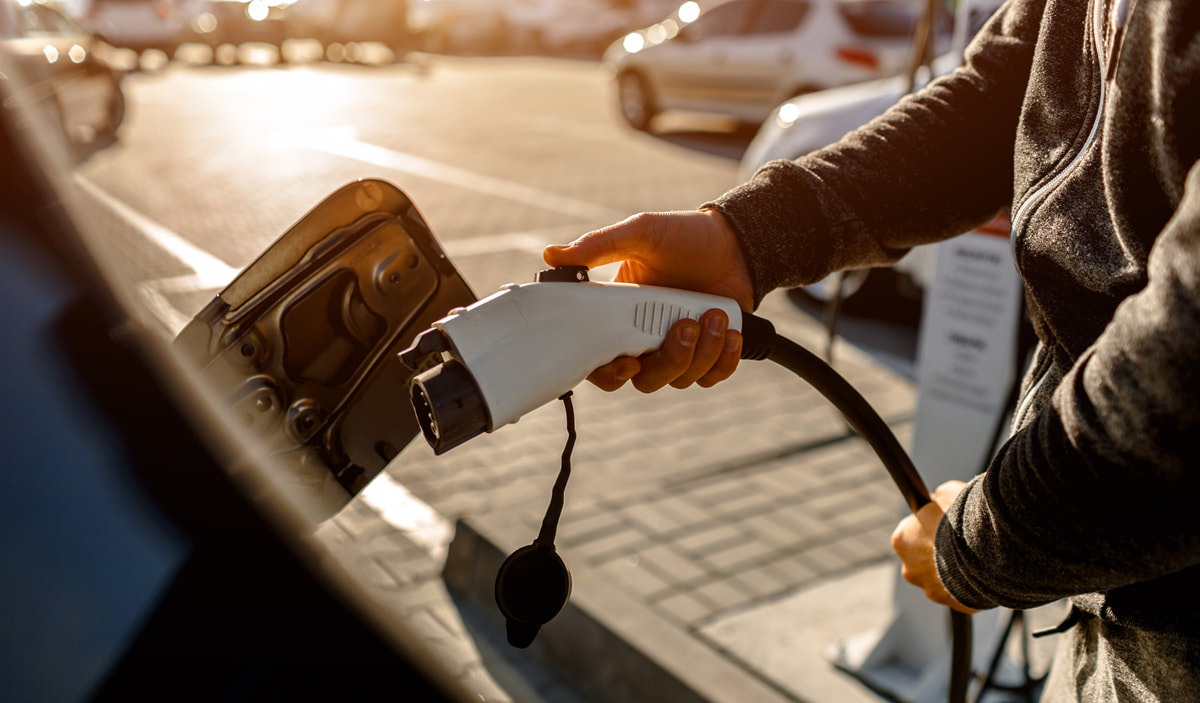Developed in collaboration with Oxfordshire County Council and local authority partners, the Oxfordshire Electric Vehicle Infrastructure Strategy (OEVIS) lays out the framework to realise a countywide vision for the charging of electric vehicles (EVs).
Adoption of the Strategy is just one of a number of recent measures taken by the Council – including the appointment of a Biodiversity and Countryside Land Management Officer and investing in its first electric vehicle – to deliver against its corporate priority of: “leading the way in protecting and enhancing the environment by taking action locally on climate change and biodiversity.”
Last month the Council also approved its Climate Change Strategy 2021-25.
With an end to sales of diesel and petrol cars set for 2030, it is expected that 25,000 battery electric vehicles will be on Oxfordshire’s roads within the next five years.
To meet this emerging demand, the OEVIS sets an aspiration for 7.5% of all local authority managed public car park spaces to be adapted to fast or rapid electric vehicle charging points (EVCPs).
One hundred and forty charging units, able to charge 280 cars simultaneously, are due to be rolled out across the county through the Government and private sector backed Park and Charge Oxfordshire project. Thirty-five units, servicing 70 parking bays, will be installed in West Oxfordshire later this year, contributing to the Council’s target. On top of this, the Council is currently in the process of evaluating tenders to appointment a partner to plan and install additional EVCPs in the district, to cover a wider and more rural geographic distribution.
The changes will support residents, businesses and visitors to make low-carbon transport choices and move away from vehicles powered by polluting fossil fuels, in a bid to reduce greenhouse gases and improve air quality.
Councillor David Harvey, Cabinet Member for the Environment at West Oxfordshire District Council, said: “Bringing EVCPs to Oxfordshire is a truly collaborative project which will revolutionise how transport on our roads will look in the years to come.
“One of the biggest barriers to people taking the plunge right now and converting to electric is the level of uncertainty about the charging options available. Purchasing a car is a big financial commitment for the vast majority of people, so it is essential we provide the public with the right infrastructure and reassurances if we want them to make the change.
“The roll out of the new EVCPs, backed up by the new strategy, will enable residents to invest in EV with confidence, knowing they can charge their vehicle in a way which is convenient to them, fits in with their lifestyle and the amount of mileage they predict they are likely to do.”
Developing the infrastructure to support EVs is just one objective outlined in the Council’s Climate Change Strategy to decarbonise the district around the key issue of transport. Encouraging active forms of travel, creating low-traffic neighbourhoods and piloting new technologies, which support ultra-low carbon-emission transport, are just some of the climate change mitigation measures the Council is keen to advance.
West Oxfordshire District Council is the first authority to adopt formally the OEVIS following Oxfordshire County Council councillors’ approval of the Strategy last week; Oxfordshire’s remaining district and city councils will seek approval in April.
The Climate Change Strategy for West Oxfordshire 2021-2025 is available at: www.westoxon.gov.uk/environment/climate-action/climate-change-strategy/

 RSS Feed
RSS Feed